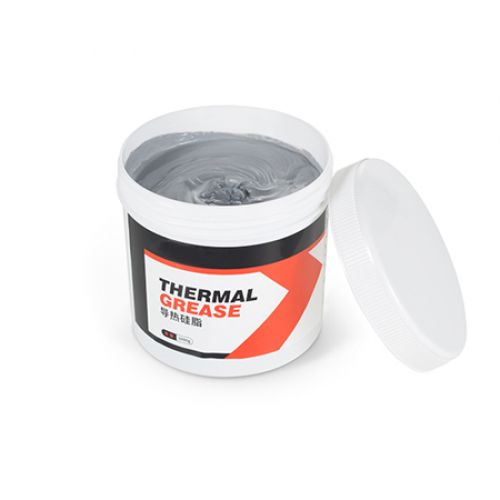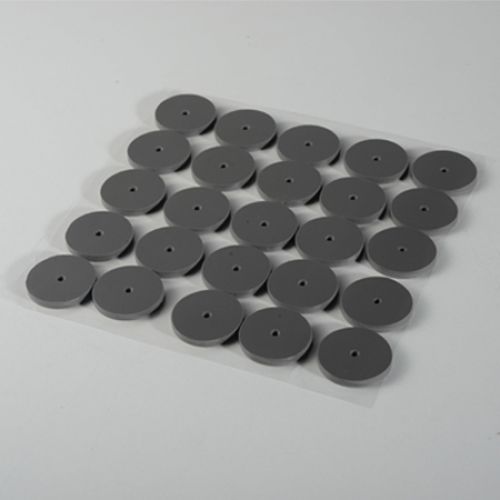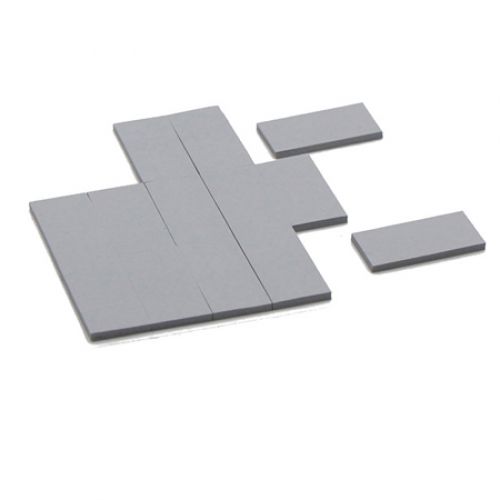Introduction
The 5.0W/M.K Silicone Thermal Grease is a high-performance thermal interface material that is designed to address the critical issue of excessive heat generation in electronic devices. Its exceptional thermal conductivity of 5.0W/M.K ensures efficient heat dissipation, thereby protecting sensitive components from overheating and enhancing the overall performance and reliability of electronic systems.
The product's key highlights include its silicone-based formulation, which provides excellent thermal stability and long-term reliability. Its non-conductive and non-corrosive properties ensure safe usage in a wide range of applications. Furthermore, the grease's low viscosity and ease of application make it a convenient solution for both manufacturers and end-users.
By using this silicone thermal grease, users can significantly reduce the risk of component failure due to overheating, enhance the overall efficiency of their electronic devices, and extend their lifespan. The product offers a cost-effective solution for improving thermal management in high-power and high-end electronic terminals.
Features
Exceptional thermal conductivity of 5.0W/M.K for efficient heat dissipation.
Silicone-based formulation for superior thermal stability and long-term reliability.
Non-conductive and non-corrosive for safe usage in various applications.
Low viscosity for easy application and uniform coverage.
Stable performance over a wide temperature range.
Application method
Preparation: Thoroughly clean the surfaces of both the heat-generating component and the heat sink to remove any old thermal material, dust, or debris.
Application: Apply a small amount of 5.0W/M.K Silicone Thermal Grease onto the surface of the heat-generating component.
Spreading: Use a flat tool (such as a spatula or a card) to spread the grease evenly, creating a thin, uniform layer that covers the entire surface.
Assembly: Carefully align and place the heat sink onto the component to ensure proper contact.
Securing: Secure the heat sink as per the device’s specifications, ensuring firm and stable contact.
Application
High-Performance Computing: Ideal for cooling CPUs and GPUs in high-performance computing systems, including servers and gaming PCs, ensuring efficient heat management.
Advanced LED Lighting: Enhances thermal dissipation in high-power LED applications, promoting longer lifespan and consistent performance of lighting systems.
Power Electronics: Essential for effective heat dissipation in power inverters, modules, and other high-power electronic devices, ensuring stable operation.
Automotive Electronics: Crucial for automotive systems such as ECUs and power control units, providing reliable thermal management under high thermal loads.
Premium Consumer Electronics: Suitable for advanced consumer devices like high-end smartphones, tablets, and gaming consoles, delivering superior thermal management for optimal performance.
Specification
|
Testing Item
|
Unit
|
Testing Method
|
Testing Value
|
|
Colour
|
-
|
Visual
|
Grey or customized
|
|
Thermal Resistance
|
℃-in2/W
|
ASTM D1470
|
≤0.1
|
|
Component Ratio
|
-
|
ASTMD1475
|
>3.25
|
|
Evaporation
|
%
|
Fed.Std.791
|
<0.001
|
|
Oil Precipitation
|
%
|
Fed.Std.791
|
<0.05
|
|
Dielectric Constant
|
-
|
ASTM D150
|
>5
|
|
Viscosity
|
( mPa.s@25℃)
|
DHR-2
|
(400~500)*104
|
|
Cone Penetration
|
1/10 MM
|
GB/T-269
|
410±10
|
|
Flaming Rating
|
-
|
UL 94
|
V0
|
|
Weight loss
|
%
|
@200°200H
|
<1
|
|
Working Temperature
|
℃
|
IEC 60068-2-14
|
-40~200℃
|
|
Thermal Conductivity
|
W/M.K
|
ASTM D5470
|
5.0(±0.3)
|



